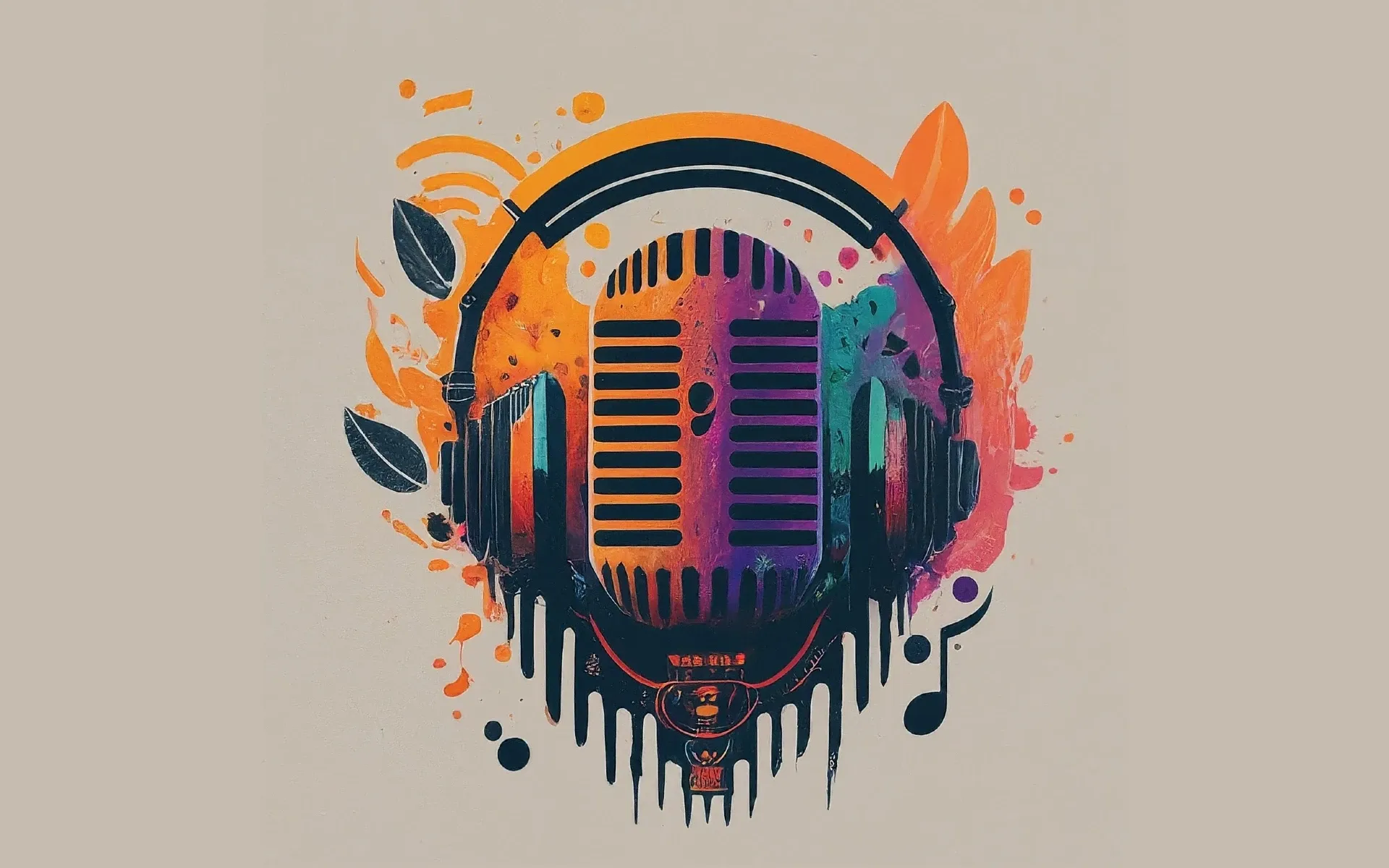Navigating the podcast landscape: decoding Top Podcast Rankings
As the podcasting industry continues to flourish, staying updated on the latest trends and popular shows can be a challenge.

As the podcasting industry continues to flourish, staying updated on the latest trends and popular shows can be a challenge. Two recent reports - one from Edison Research and another from Triton Digital - shed light on the top podcasts in the US, but with some key differences. Understanding these variations can help listeners discover new favorites and gain insights into the ever-growing podcast ecosystem.
Understanding the data
Metrics: The two reports utilize different metrics to determine podcast popularity. Edison Research focuses on reach, which indicates the percentage of surveyed weekly listeners aged 13 and over who tuned into a specific podcast in the past week. Their data is based on interviews with over 5,300 individuals.
Triton Digital, on the other hand, uses average weekly downloads as the ranking criteria. This reflects the total number of downloads a podcast receives within a week, averaged across the month.
Another key distinction lies in the reporting periods. The Edison Research report reflects data collected throughout Q1 2024 (January - March 2024), while the Triton Digital report focuses specifically on April 2024 data.
Top Performers and Variations
There's some overlap between the top shows in both rankings, but also interesting variations:
Shared Success: Both reports feature The Joe Rogan Experience and Crime Junkie in their top rankings.
Ranking Differences: Shows like The Daily appear at the top of the Edison Research list (based on listener reach) but not for Triton Digital (based on downloads). Conversely, NPR News Now holds the top spot for downloads according to Triton Digital (April), but doesn't appear in Edison Research's Top 10 (based on reach in Q1 2024).
New Entrants and Departures
- Edison Research: Highlights the rise of several new podcasts like Club Shay Shay (#11), The Tucker Carlson Podcast (#24), and The Basement Yard (#40) that entered the Top 50 in Q1 2024.
- Triton Digital (April): This report doesn't explicitly mention new entrants or departures from the top rankings.
The varying methodologies and reporting periods can impact which podcasts appear at the top of each list. Focusing on reach (listeners) versus downloads can produce different results.
Demystifying Podcast Analytics
Podcast analytics encompass a range of data points that provide valuable insights into audience engagement and reach. Here are some of the most common metrics:
- Downloads: The total number of times a podcast episode is downloaded, often averaged over a specific period (e.g., weekly or monthly). While a high download count indicates overall popularity, it doesn't necessarily translate to active listening.
- Listens: The actual number of times a podcast episode is played, regardless of download method (e.g., streaming or downloaded). This metric offers a more accurate picture of how many people are actively engaging with the content.
- Average Listen Duration: The average amount of time listeners spend engaged with a particular episode. This metric helps creators gauge audience interest and identify sections with higher listener retention.
- Completion Rate: The percentage of listeners who finish an entire episode. A high completion rate indicates strong engagement, while a low rate might suggest the content needs improvement or lacks focus.
- Unique Listeners: The number of individual listeners who tune into a podcast episode, eliminating duplicates. This metric helps creators understand their audience size.
- Demographics: Data on listener demographics such as age, gender, location, and device usage can inform content strategy and target audience identification.
For listeners, understanding podcast analytics can enhance the listening experience. Here's how:
- Discover New Podcasts: By exploring analytics data shared by creators or platforms, listeners can identify shows with high listen durations and completion rates, suggesting engaging content.
- Track Listening Habits: Some platforms offer listeners access to their personal analytics, allowing them to track listening trends and discover which shows resonate most with them.
- Support Creators: Paying attention to download and completion rates can inform listeners about which podcasts are thriving and might benefit from their continued support.
For podcast creators, diving into analytics is crucial for understanding their audience and improving their content:
- Measure Success: Analytics empower creators to track key performance indicators (KPIs) and monitor their progress towards achieving their goals, whether it's audience growth or increased engagement.
- Refine Content Strategy: By analyzing listen duration and completion rates for specific segments within an episode, creators can identify topics that resonate most and tailor future content accordingly.
- Target Audience Insights: Demographic data helps creators understand who their audience is and allows them to refine their messaging and content to better connect with their target listeners.
- Optimize Distribution Strategies: Analyzing which platforms deliver the highest download and listen numbers can guide creators in focusing their distribution efforts on the most effective channels.
- Monetization Strategies: Strong analytics showcasing consistent audience engagement can be attractive to potential advertisers, opening doors for podcast monetization.
While analytics play a significant role, successful podcasts are built on more than just numbers. High-quality audio production, engaging storytelling techniques, and audience interaction can significantly contribute to a podcast's overall success.

